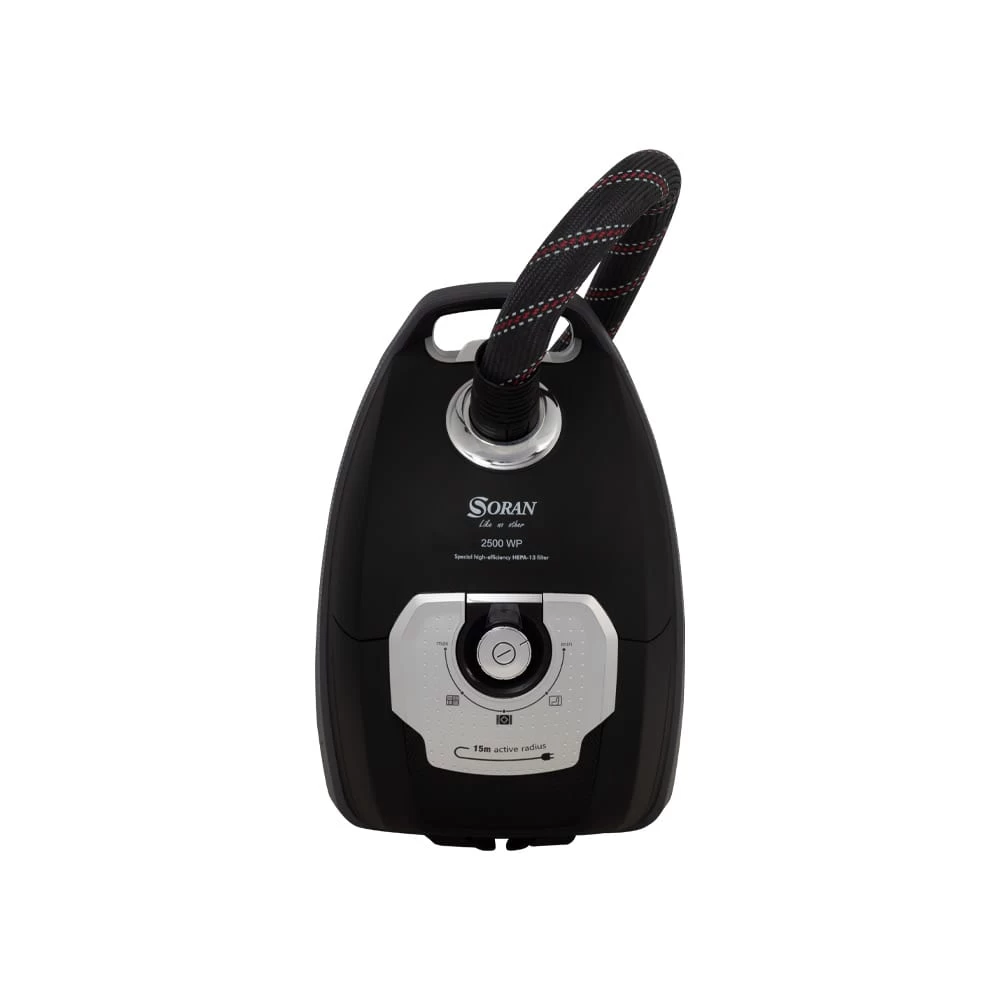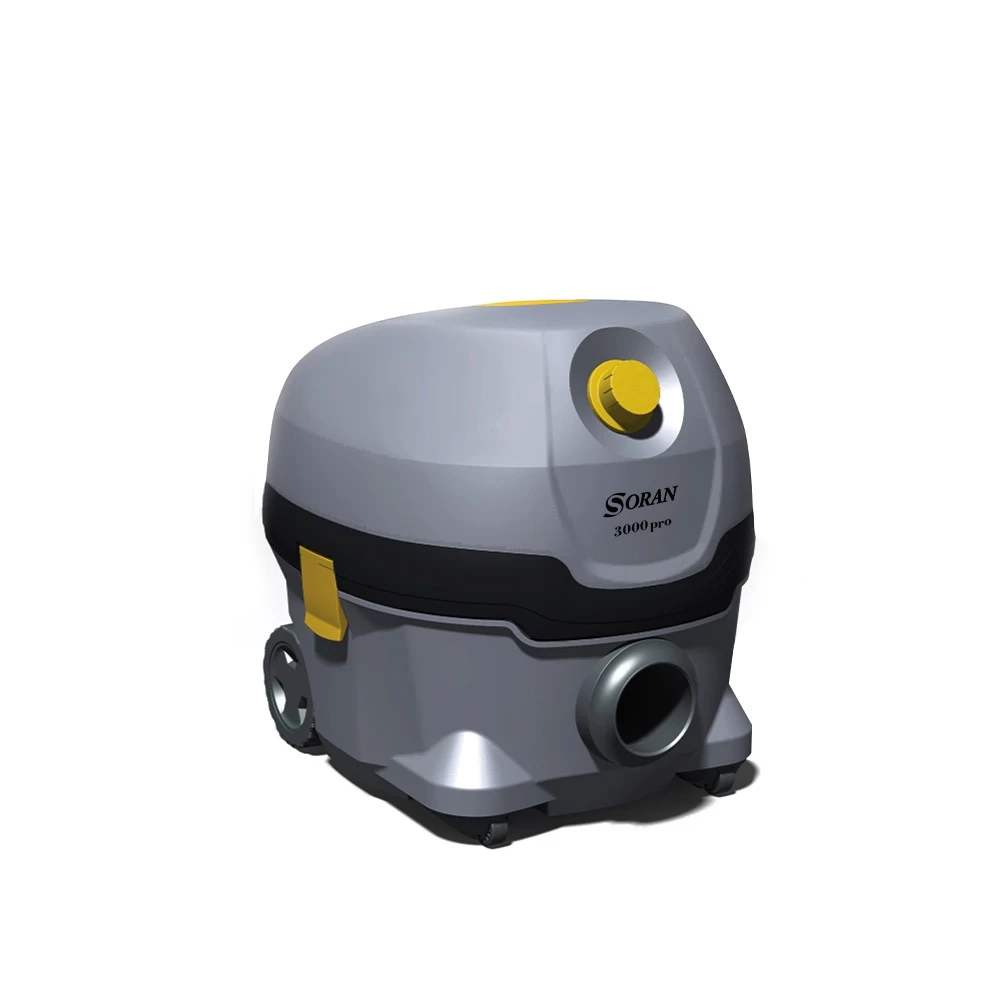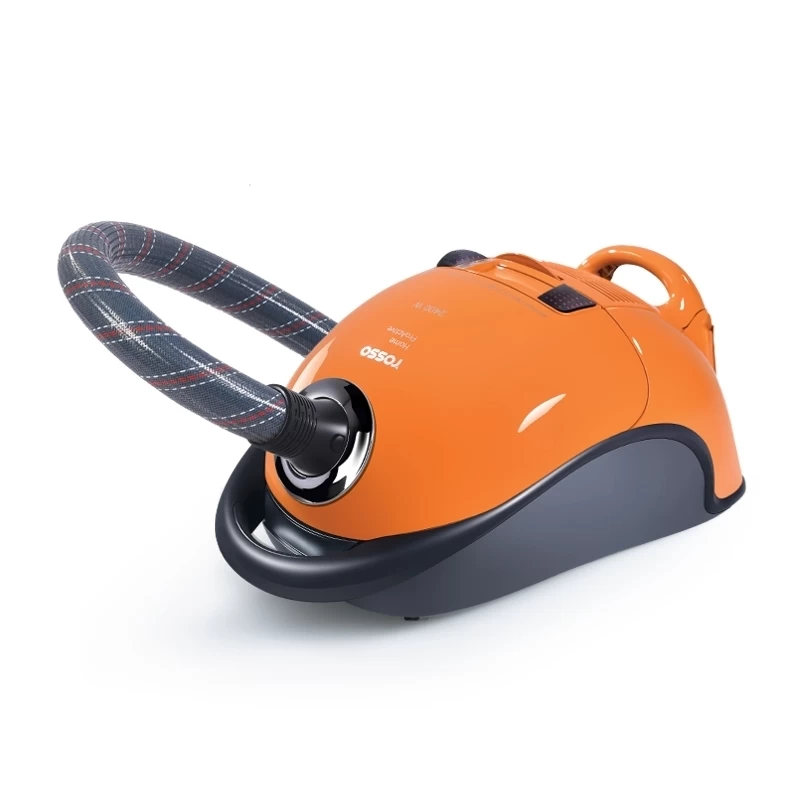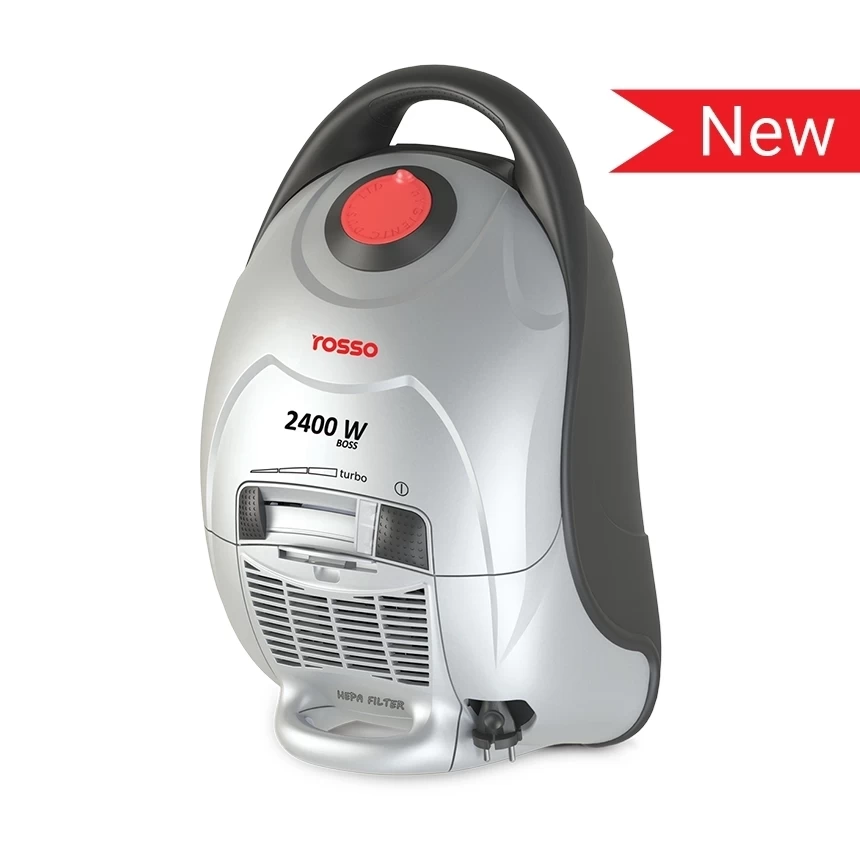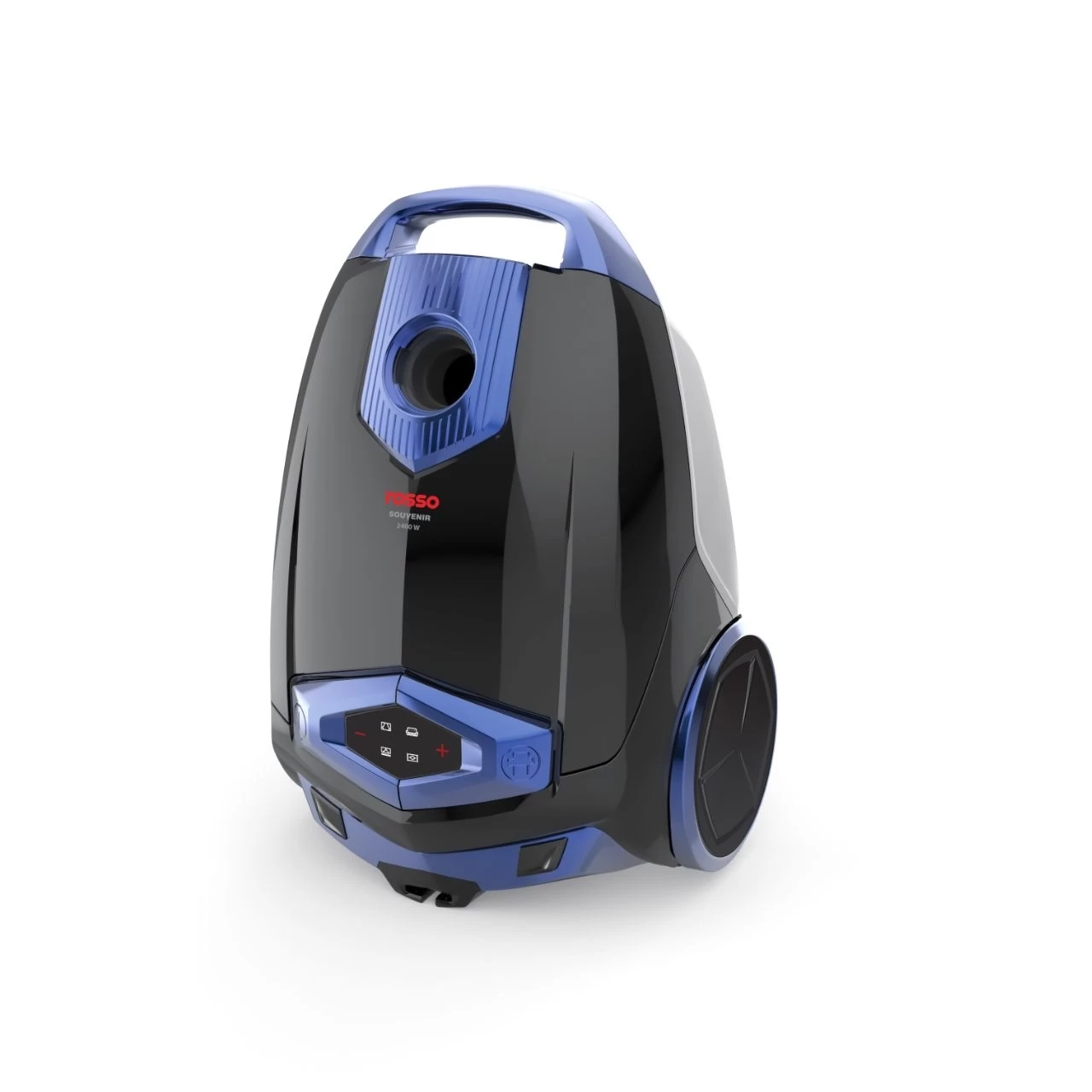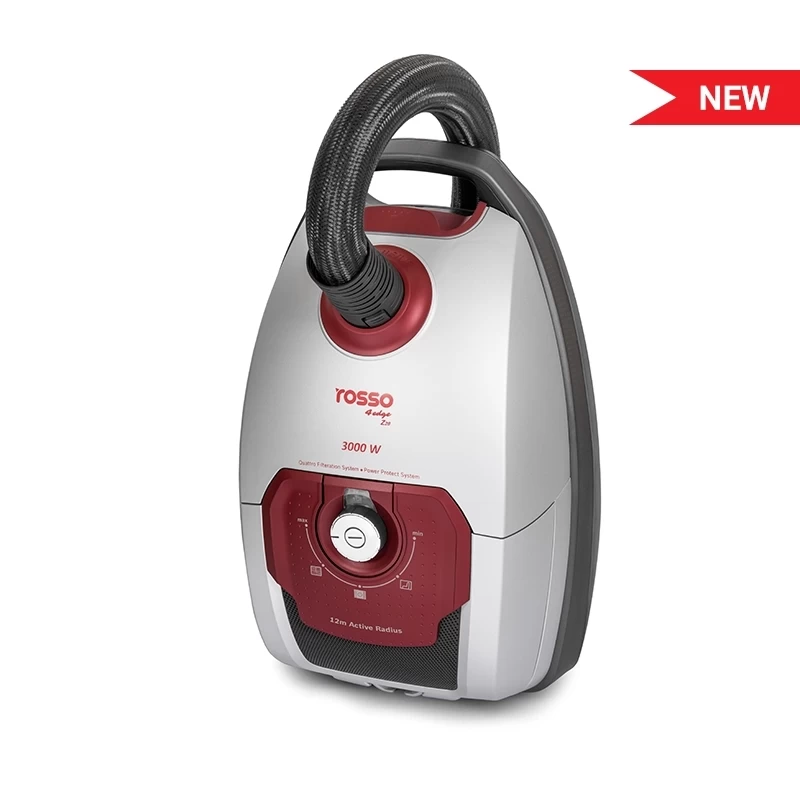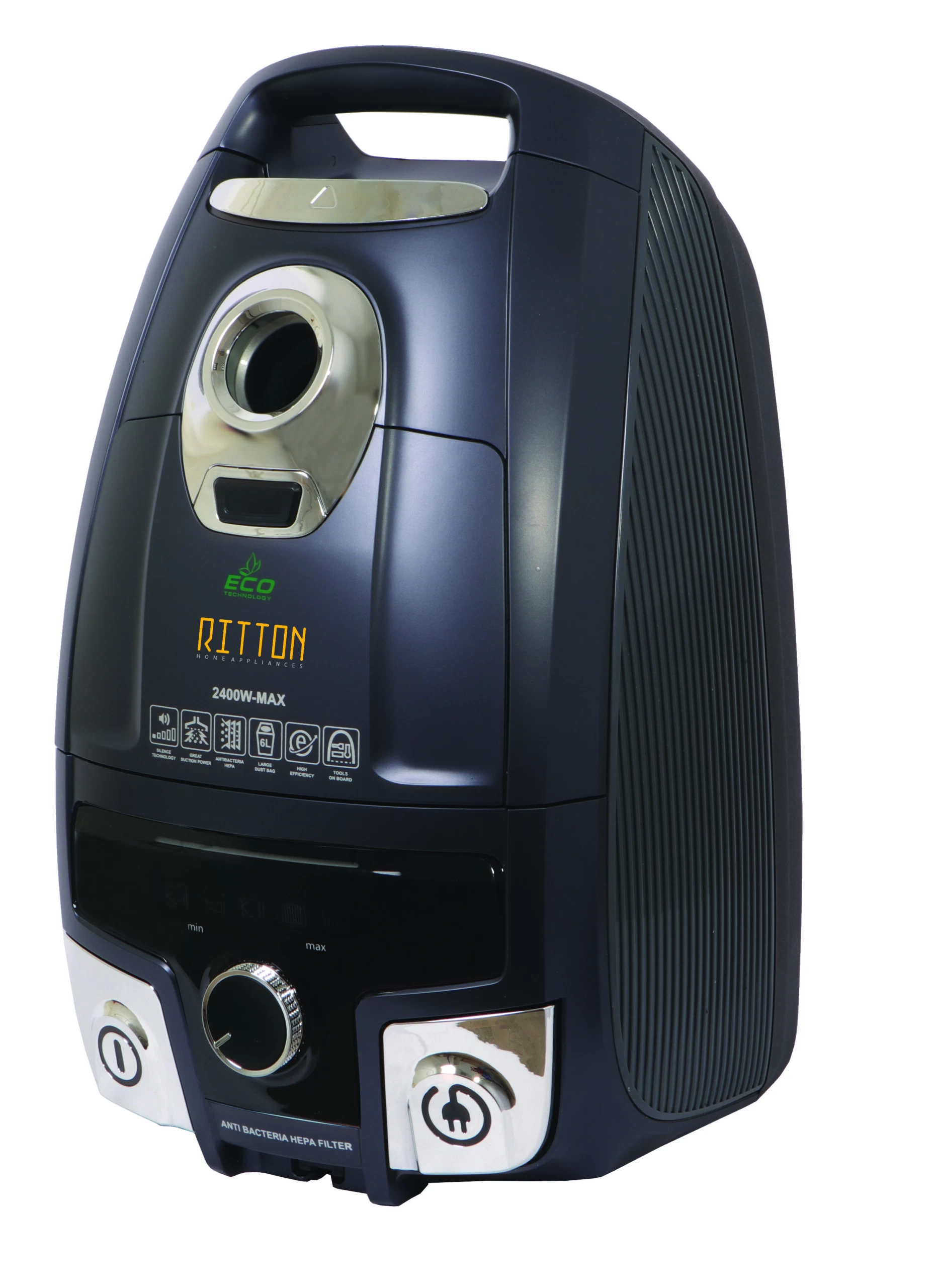Cleaning Appliances
Vacuum Cleaner:
- Empty the dust cup or replace the bag regularly. A full bag or cup reduces suction power.
- Clean or replace the filters as recommended by the manufacturer. Washable filters can be rinsed with water and air dried.
- Use the attachments to clean the hose, wands, and other components that collect dust and debris.
- Check the brush roll and remove any tangled hair or strings. Use scissors to carefully trim away any buildup.
- Wipe down the exterior of the vacuum with a damp cloth to remove dust.
- Check the cord for any damage and replace if needed.
- For upright vacuums, rotate or replace the brushroll belt as needed.
- For canisters, clean the inside of the canister body to prevent dust buildup.
- If your vacuum has HEPA filtration, be sure to replace the HEPA filter according to the manufacturer's recommendations.
Robotic Vacuums:
- Empty the dust bin after each use.
- Clean the sensors, wheels, and side brushes regularly with a soft cloth.
- Check the main brush and remove any tangled hair or debris.
- Clean the filter and replace it when needed.
- Wipe down the exterior with a damp cloth.
- Store the robotic vacuum on its charging base when not in use.
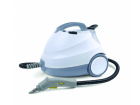
Regular maintenance will help your vacuum cleaner perform at its best and extend its lifespan. Be sure to consult your owner's manual for specific cleaning instructions for your model.
Vacuum cleaners are generally considered to be home appliances rather than machinery.
The key differences are:
Home Appliances:
- Designed for household use and tasks
- Smaller, more compact size compared to industrial machinery
- Typically powered by electricity rather than industrial engines
- Focus on convenience, ease of use, and efficiency for the home environment
Machinery:
- Designed for industrial, commercial, or large-scale applications
- Larger, more powerful, and often more complex in design
- May be powered by gasoline, diesel, or other industrial-grade energy sources
- Focused on high capacity, speed, and performance for commercial/industrial needs
While vacuum cleaners do have some mechanical components, their primary purpose is for cleaning and maintaining the home environment. They are mass-produced consumer products, rather than specialized industrial equipment.
Most vacuum cleaners fall under the category of "small household appliances" along with items like blenders, coffee makers, and toasters. They are designed to be easily operated by the average homeowner, not requiring specialized training or heavy-duty power sources.
So in summary, vacuum cleaners are properly classified as home appliances, not industrial machinery. Their scale, power source, and intended use place them firmly in the household appliance category.
there are some vacuum cleaners that would be considered industrial or commercial-grade machinery, as opposed to standard household appliances.
The key differences between industrial/commercial vacuums and home vacuum cleaners include:
1. Power and suction:
- Industrial vacuums typically have much more powerful motors and suction capability, often 3-4 times the airflow and suction power of a household vacuum.
- They are designed to handle heavier duty, large-scale cleaning jobs.
2. Construction:
- Industrial vacuums are built with more durable, heavy-duty materials to withstand commercial/industrial use.
- They often have metal or hard plastic construction rather than lightweight plastics.
3. Size and mobility:
- Industrial/commercial vacuums are generally larger, bulkier, and less maneuverable than home vacuums.
- They may have large canisters or be mounted on wheels/casters for portability in a commercial setting.
4. Filtration:
- Industrial vacuums typically have more advanced filtration systems, including HEPA filters, to capture finer particulates.
- This is important for commercial cleaning of worksites, workshops, etc.
Examples of industrial/commercial vacuum cleaners include:
- Wet/dry shop vacuums used in workshops and construction sites
- Backpack vacuums used by commercial cleaning crews
- Canister vacuums on wheels used in hotels, hospitals, and other large facilities
- Specialized vacuums for hazardous materials like asbestos or lead
So while the typical household vacuum is considered a home appliance, there is a distinct class of more heavy-duty, high-powered vacuums designed for commercial and industrial applications. These would be classified as industrial machinery rather than standard consumer products.
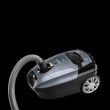
Industrial and commercial-grade vacuum cleaners have a variety of common uses in different industries and settings,
including:
1. Construction and Workshops:
- Cleaning up fine dust, debris, and hazardous materials like asbestos or lead paint at construction sites
- Vacuuming up sawdust, metal shavings, and other byproducts in woodworking or metalworking shops
2. Manufacturing and Factories:
- Removing fine particulates and contaminants from production floors and equipment
- Maintaining cleanliness in sensitive manufacturing environments like electronics or pharmaceutical production
3. Warehouses and Logistics:
- Cleaning up spills, dust, and debris in large warehouse spaces and loading docks
4. Healthcare Facilities:
- Vacuuming carpets, floors, and upholstery in hospitals, clinics, and long-term care facilities
- Removing allergens, pathogens, and other hazardous materials
5. Schools and Universities:
- Maintaining cleanliness in classrooms, auditoriums, and other large public spaces
- Cleaning up after science labs, art studios, and other messy activities
6. Hotels and Hospitality:
- Vacuuming carpets, rugs, and upholstery in guest rooms, lobbies, and common areas
7. Government and Military Facilities:
- Maintaining cleanliness in government offices, military bases, and other public institutions
The key advantages of industrial vacuums over household models are their superior power, durability, and specialized features for commercial and institutional cleaning needs. This makes them essential tools across a wide range of industries and applications.
Industrial and commercial-grade vacuum cleaners differ from standard household models in several key ways when it comes to power and durability:
Power:
- Industrial vacuums typically have much more powerful motors, often ranging from 3-8 horsepower compared to 1-2 HP for home vacuums.
- This translates to significantly greater suction power and airflow, allowing them to pick up heavier debris and fine particulates more effectively.
- The motors in industrial models are designed to run continuously for hours without overheating.
Airflow and Suction:
- Industrial vacuums can generate airflow rates of 100-200 CFM (cubic feet per minute) compared to 50-100 CFM for home models.
- Suction power, measured in water lift or inches of water, is often 2-3 times greater in commercial vacuums.
- This enhanced airflow and suction is critical for cleaning up large volumes of debris, fine dust, and hazardous materials.
Filtration:
- Industrial vacuums have more advanced multi-stage filtration systems, including HEPA filters, to capture fine particulates down to 0.3 microns.
- This is essential for trapping allergens, pollutants, and hazardous materials like asbestos or lead dust.
- Household vacuums typically have less sophisticated filtration that may not capture the smallest particles.
Durability:
- The components in industrial vacuums, from the motors to the hoses and attachments, are built to withstand heavy-duty, continuous commercial use.
- They feature metal or reinforced plastic construction rather than the lightweight plastics common in home models.
- Industrial vacuums are designed for years of reliable performance with minimal maintenance required.
Overall, the key differences boil down to the industrial models being engineered for far more demanding, high-volume cleaning tasks in commercial and institutional settings versus the lighter-duty needs of a typical household. This results in dramatically increased power, suction, filtration, and durability.
- Empty the dust cup or replace the bag regularly. A full bag or cup reduces suction power.
- Clean or replace the filters as recommended by the manufacturer. Washable filters can be rinsed with water and air dried.
- Use the attachments to clean the hose, wands, and other components that collect dust and debris.
- Check the brush roll and remove any tangled hair or strings. Use scissors to carefully trim away any buildup.
- Wipe down the exterior of the vacuum with a damp cloth to remove dust.
- Check the cord for any damage and replace if needed.
- For upright vacuums, rotate or replace the brushroll belt as needed.
- For canisters, clean the inside of the canister body to prevent dust buildup.
- If your vacuum has HEPA filtration, be sure to replace the HEPA filter according to the manufacturer's recommendations.
- Empty the dust bin after each use.
- Clean the sensors, wheels, and side brushes regularly with a soft cloth.
- Check the main brush and remove any tangled hair or debris.
- Clean the filter and replace it when needed.
- Wipe down the exterior with a damp cloth.
- Store the robotic vacuum on its charging base when not in use.

- Designed for household use and tasks
- Smaller, more compact size compared to industrial machinery
- Typically powered by electricity rather than industrial engines
- Focus on convenience, ease of use, and efficiency for the home environment
- Designed for industrial, commercial, or large-scale applications
- Larger, more powerful, and often more complex in design
- May be powered by gasoline, diesel, or other industrial-grade energy sources
- Focused on high capacity, speed, and performance for commercial/industrial needs
there are some vacuum cleaners that would be considered industrial or commercial-grade machinery, as opposed to standard household appliances.
- Industrial vacuums typically have much more powerful motors and suction capability, often 3-4 times the airflow and suction power of a household vacuum.
- They are designed to handle heavier duty, large-scale cleaning jobs.
- Industrial vacuums are built with more durable, heavy-duty materials to withstand commercial/industrial use.
- They often have metal or hard plastic construction rather than lightweight plastics.
- Industrial/commercial vacuums are generally larger, bulkier, and less maneuverable than home vacuums.
- They may have large canisters or be mounted on wheels/casters for portability in a commercial setting.
- Industrial vacuums typically have more advanced filtration systems, including HEPA filters, to capture finer particulates.
- This is important for commercial cleaning of worksites, workshops, etc.
- Wet/dry shop vacuums used in workshops and construction sites
- Backpack vacuums used by commercial cleaning crews
- Canister vacuums on wheels used in hotels, hospitals, and other large facilities
- Specialized vacuums for hazardous materials like asbestos or lead

- Cleaning up fine dust, debris, and hazardous materials like asbestos or lead paint at construction sites
- Vacuuming up sawdust, metal shavings, and other byproducts in woodworking or metalworking shops
- Removing fine particulates and contaminants from production floors and equipment
- Maintaining cleanliness in sensitive manufacturing environments like electronics or pharmaceutical production
- Cleaning up spills, dust, and debris in large warehouse spaces and loading docks
- Vacuuming carpets, floors, and upholstery in hospitals, clinics, and long-term care facilities
- Removing allergens, pathogens, and other hazardous materials
- Maintaining cleanliness in classrooms, auditoriums, and other large public spaces
- Cleaning up after science labs, art studios, and other messy activities
- Vacuuming carpets, rugs, and upholstery in guest rooms, lobbies, and common areas
- Maintaining cleanliness in government offices, military bases, and other public institutions
- Industrial vacuums typically have much more powerful motors, often ranging from 3-8 horsepower compared to 1-2 HP for home vacuums.
- This translates to significantly greater suction power and airflow, allowing them to pick up heavier debris and fine particulates more effectively.
- The motors in industrial models are designed to run continuously for hours without overheating.
- Industrial vacuums can generate airflow rates of 100-200 CFM (cubic feet per minute) compared to 50-100 CFM for home models.
- Suction power, measured in water lift or inches of water, is often 2-3 times greater in commercial vacuums.
- This enhanced airflow and suction is critical for cleaning up large volumes of debris, fine dust, and hazardous materials.
- Industrial vacuums have more advanced multi-stage filtration systems, including HEPA filters, to capture fine particulates down to 0.3 microns.
- This is essential for trapping allergens, pollutants, and hazardous materials like asbestos or lead dust.
- Household vacuums typically have less sophisticated filtration that may not capture the smallest particles.
- The components in industrial vacuums, from the motors to the hoses and attachments, are built to withstand heavy-duty, continuous commercial use.
- They feature metal or reinforced plastic construction rather than the lightweight plastics common in home models.
- Industrial vacuums are designed for years of reliable performance with minimal maintenance required.
FAQs
What makes industrial vacuum cleaners more powerful than household models?
Industrial vacuums have much more powerful motors, often 3-8 horsepower compared to 1-2 HP for home models, giving them significantly greater suction power and airflow.
How do the filtration systems differ between commercial and household vacuums?
Industrial vacuums feature advanced multi-stage filtration including HEPA filters to capture fine particulates, while household models typically have less sophisticated filtration.
What are some common uses for heavy-duty, commercial-grade vacuum cleaners?
Industrial vacuums are used for cleaning construction sites, manufacturing facilities, warehouses, healthcare settings, schools, and other large-scale commercial and institutional environments.
How does the overall durability compare between industrial and home vacuum models?
Industrial vacuums are built with metal and reinforced plastic components designed to withstand heavy, continuous commercial use, versus the lighter-duty plastics in household vacuums.
 +7929688-88-14
+7929688-88-14

 English
English
 Persian
Persian
 Russian
Russian
 Chinese
Chinese


 +7929688-88-14
+7929688-88-14

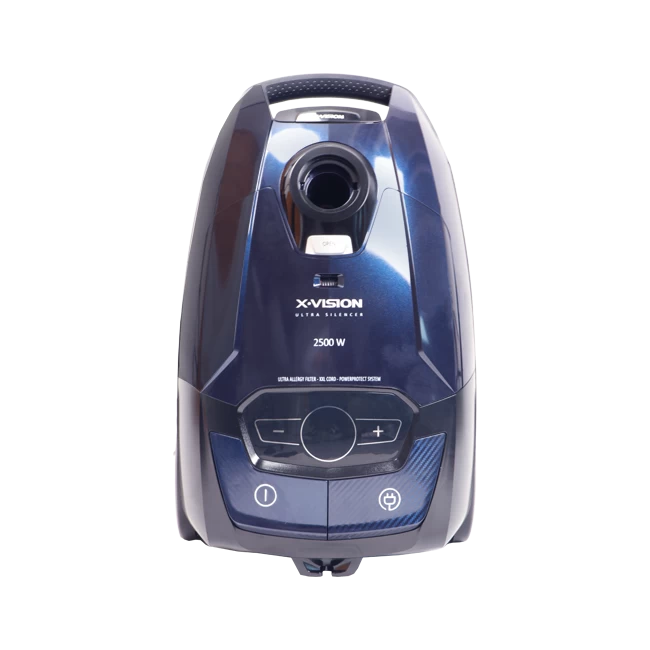
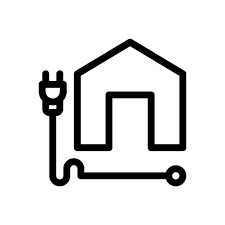
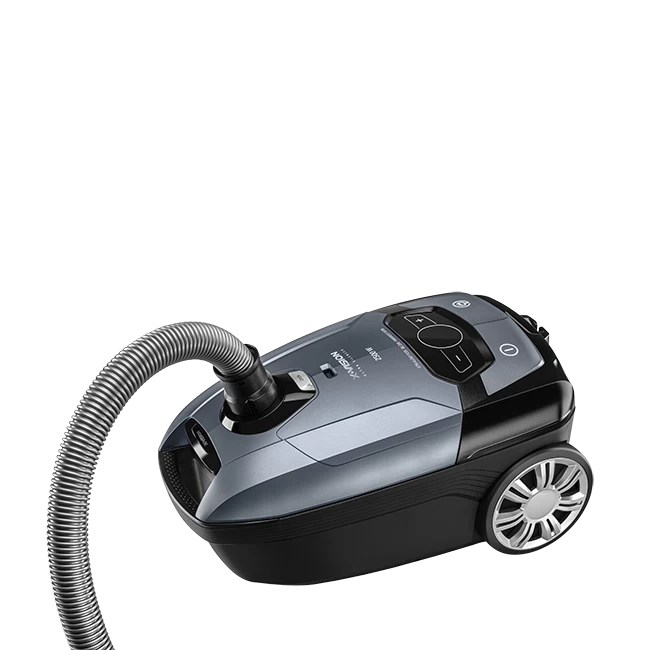
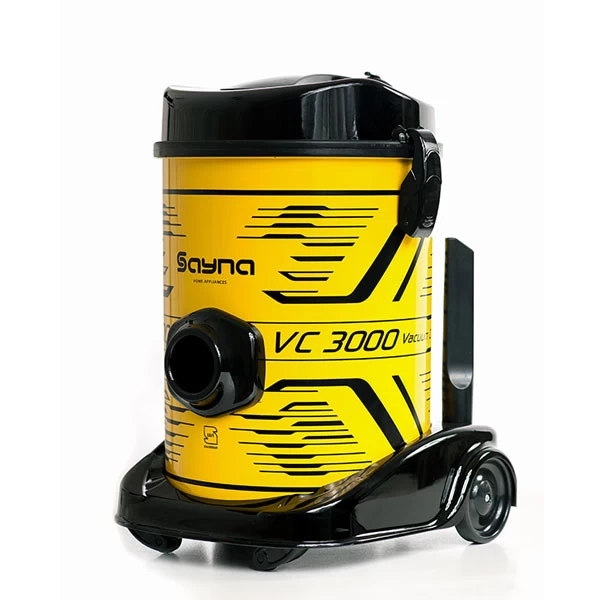
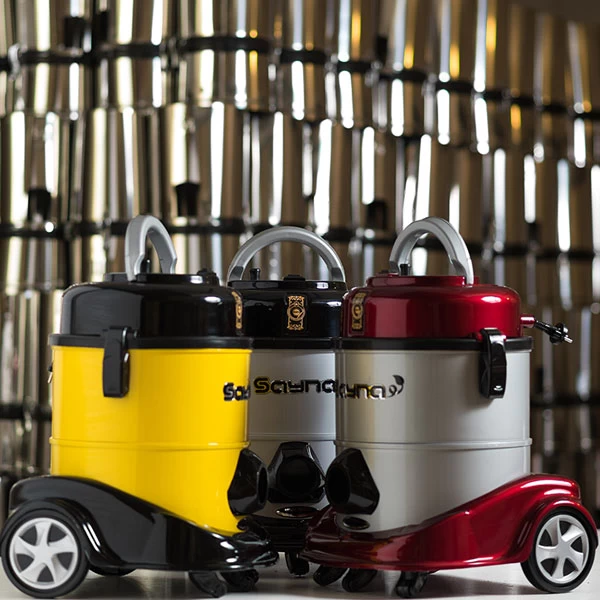
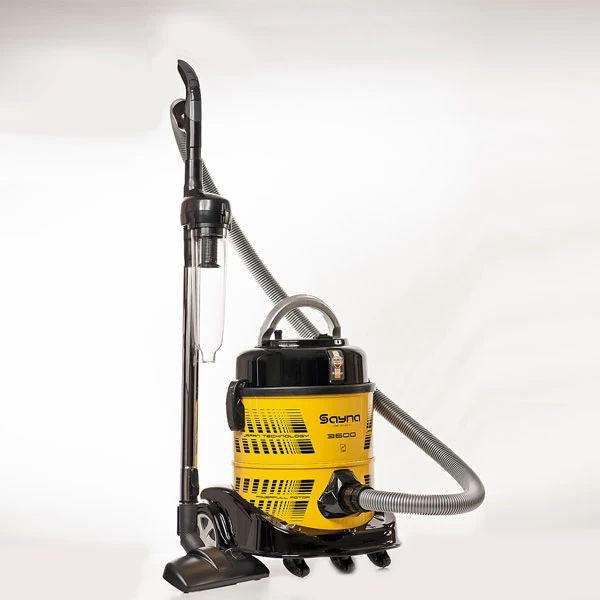
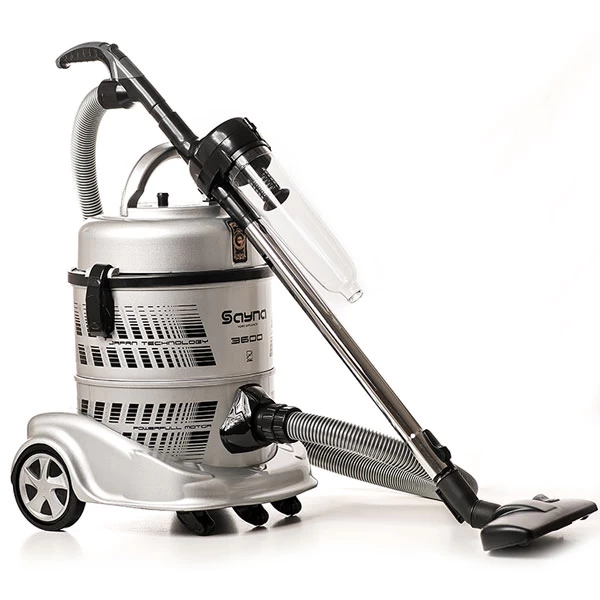
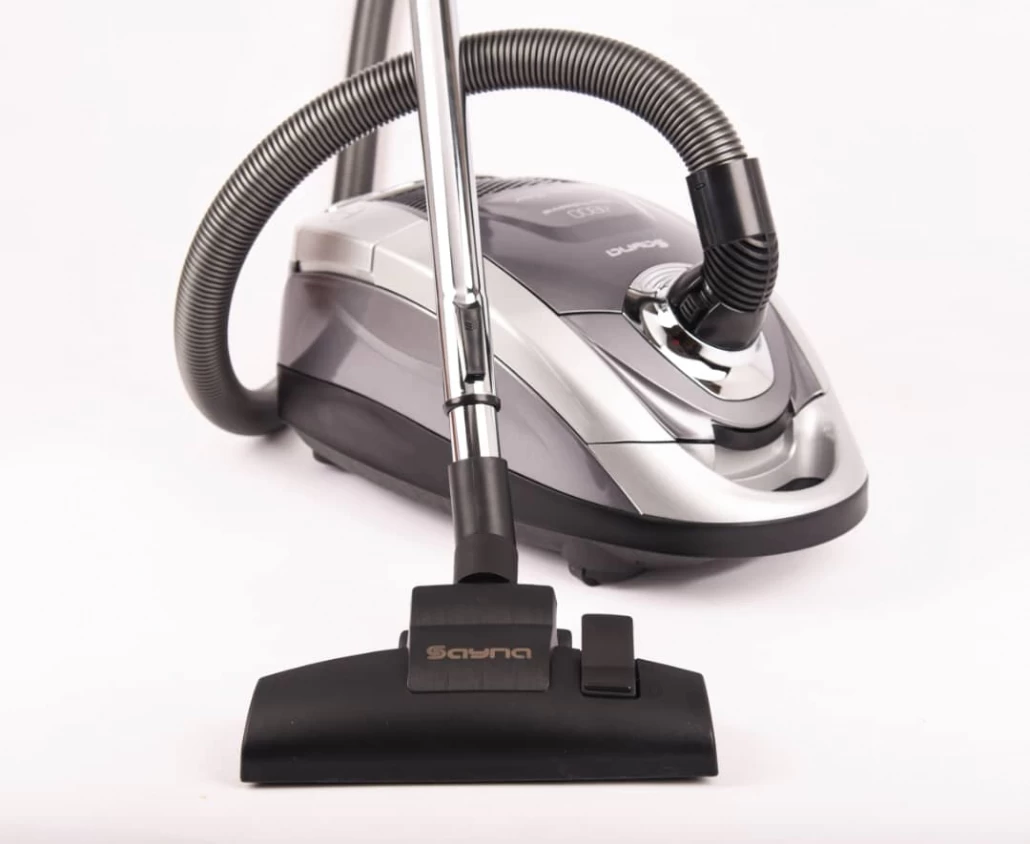
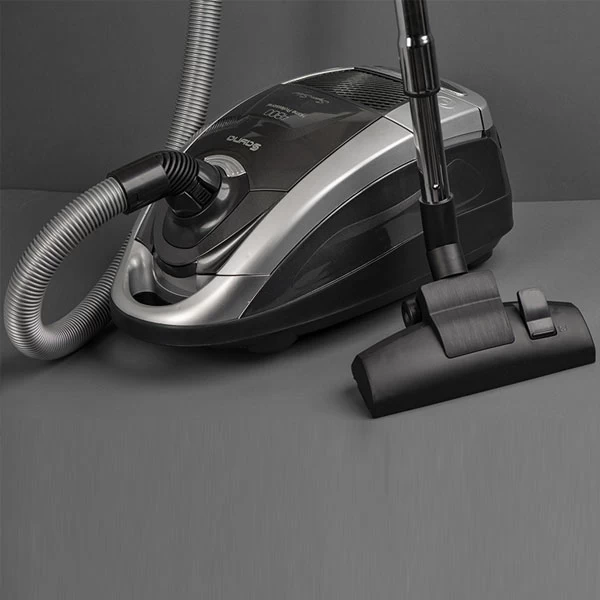
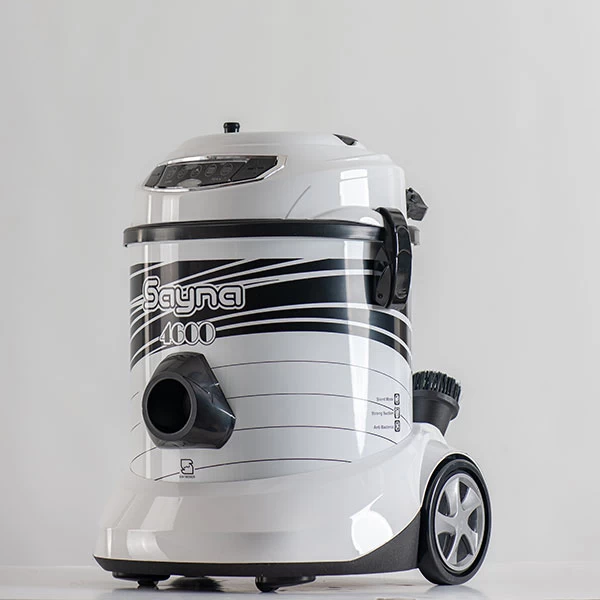
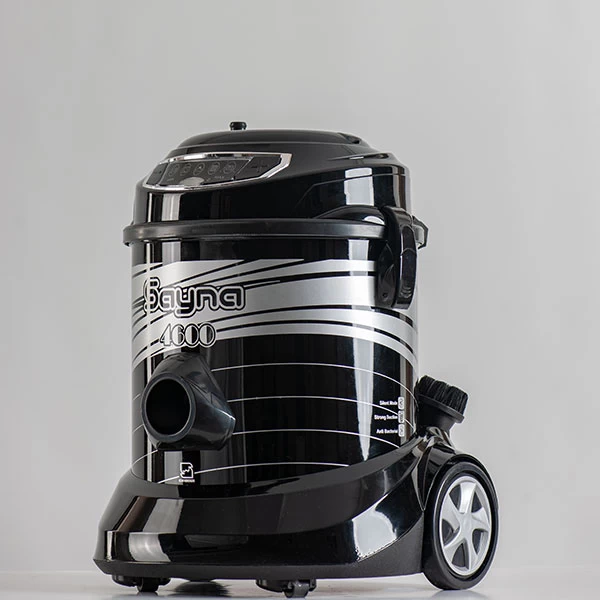
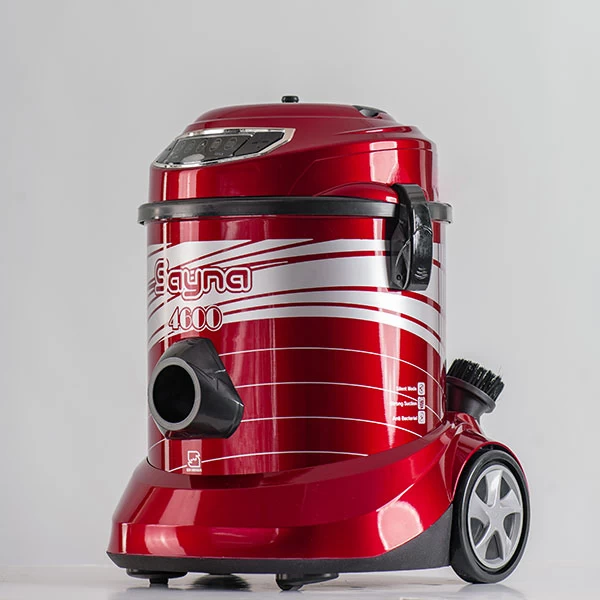
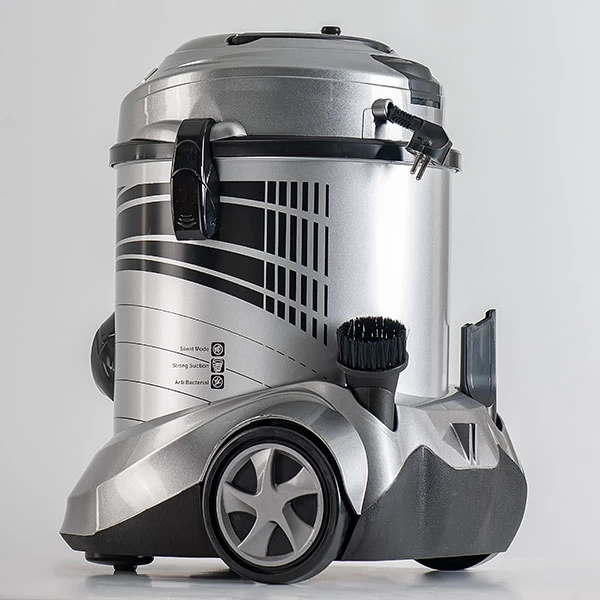
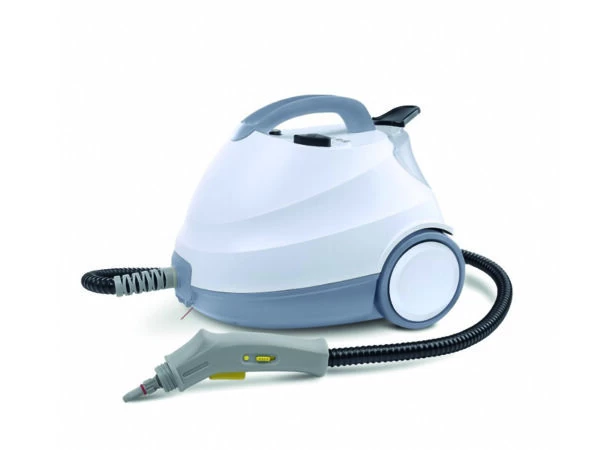
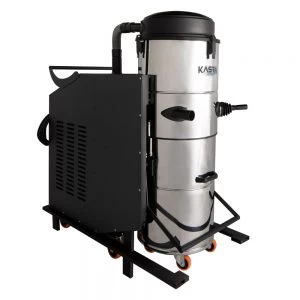
.webp)
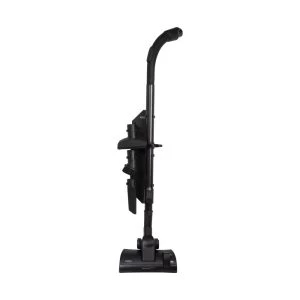
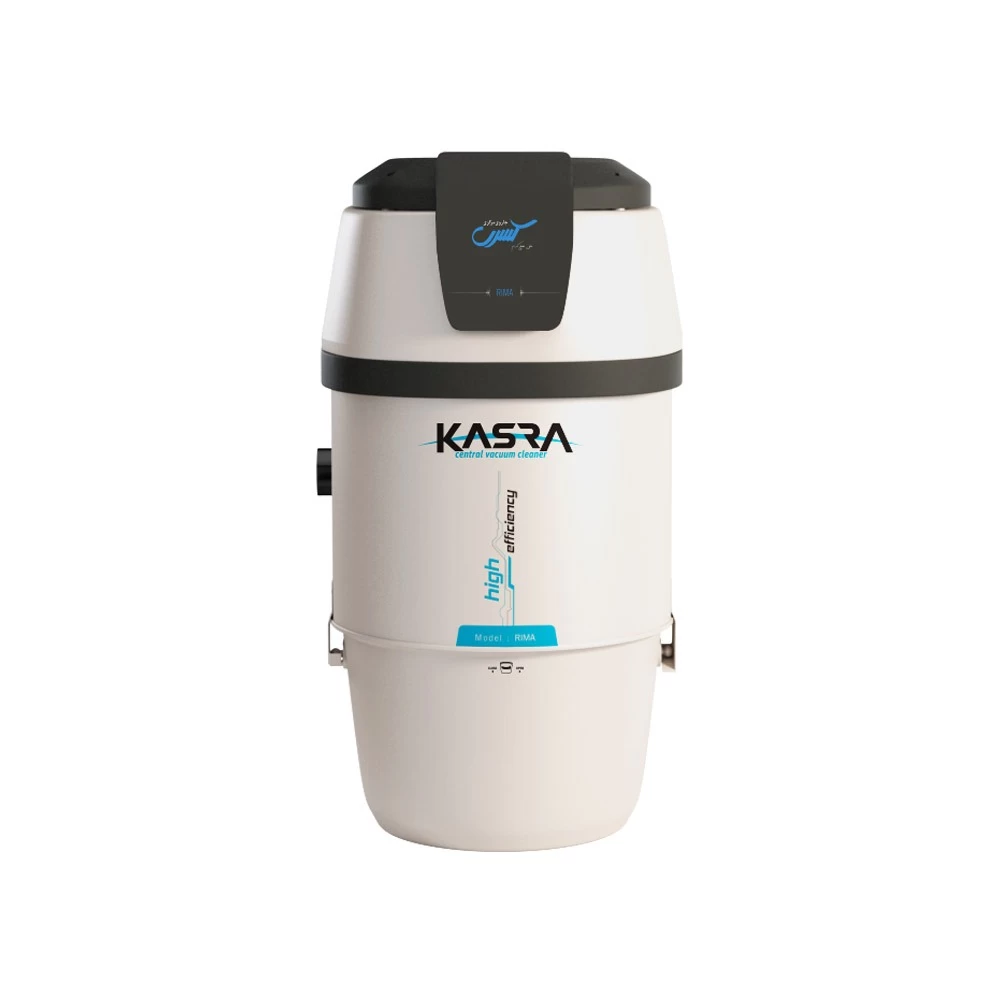
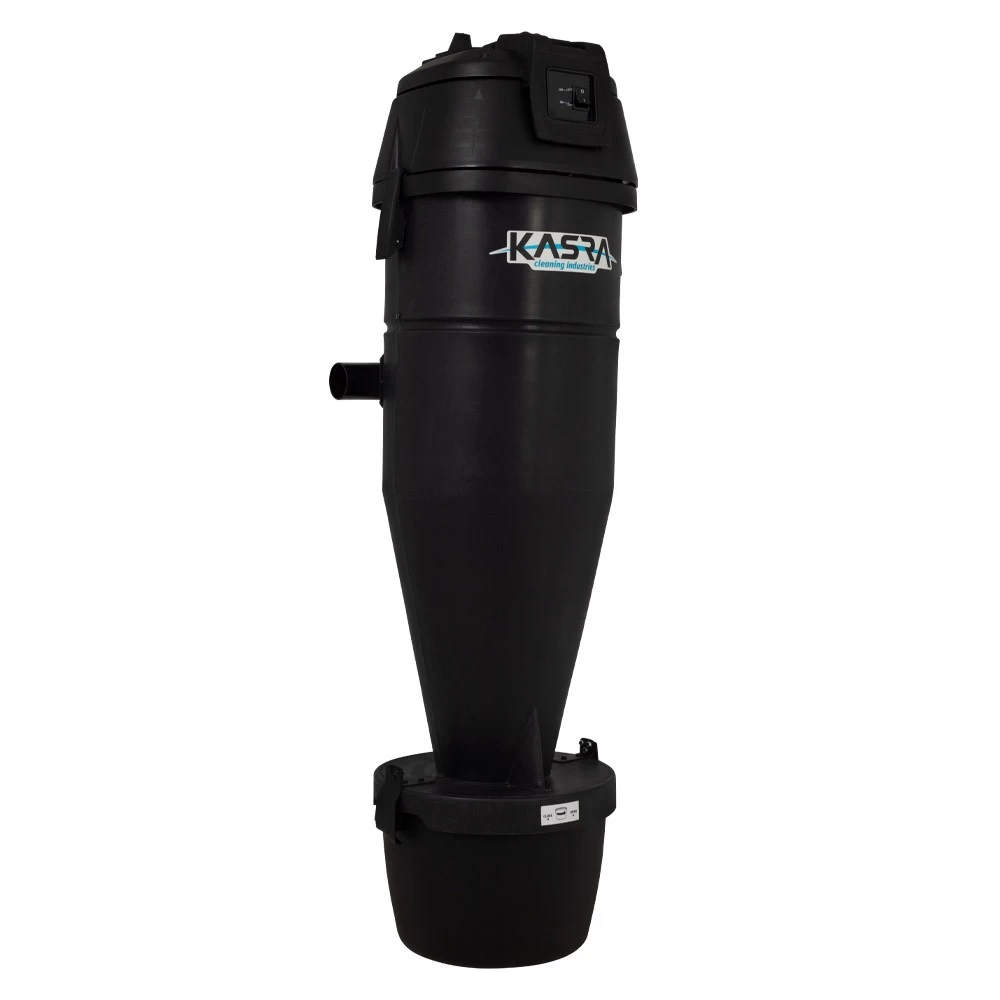
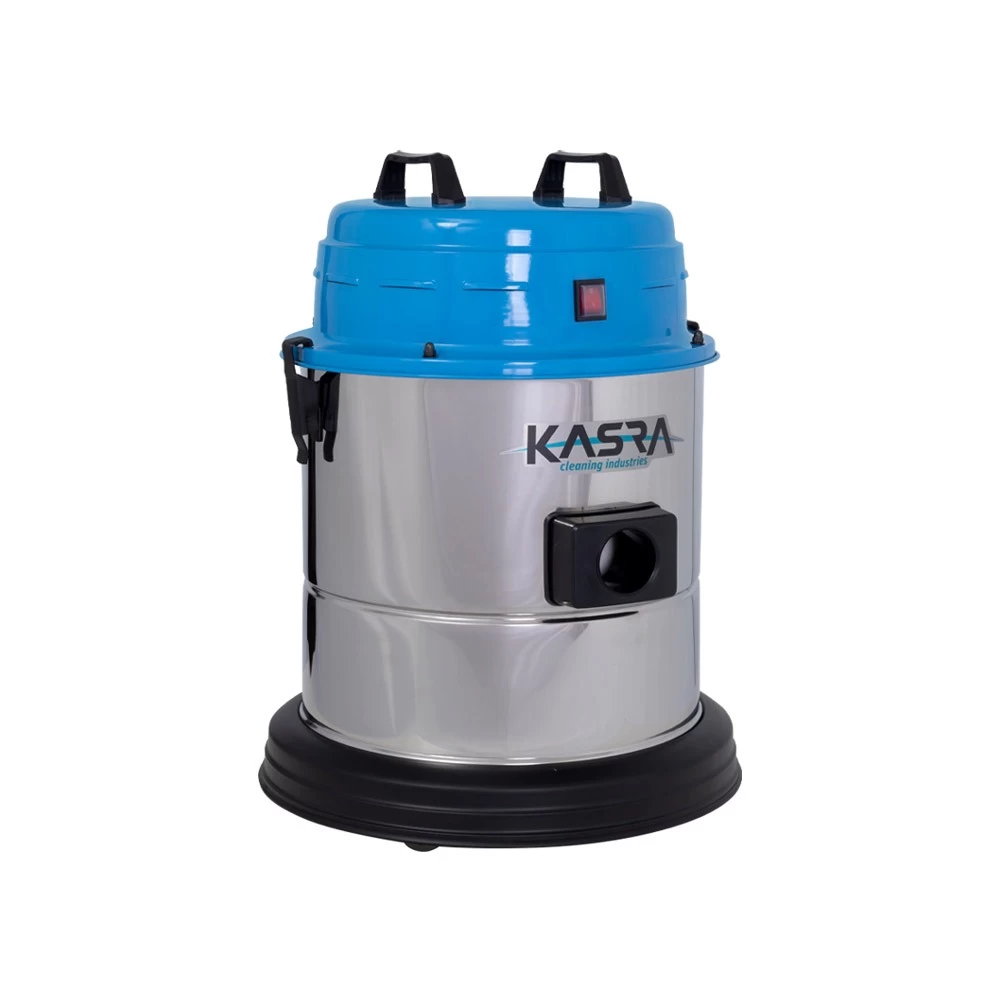
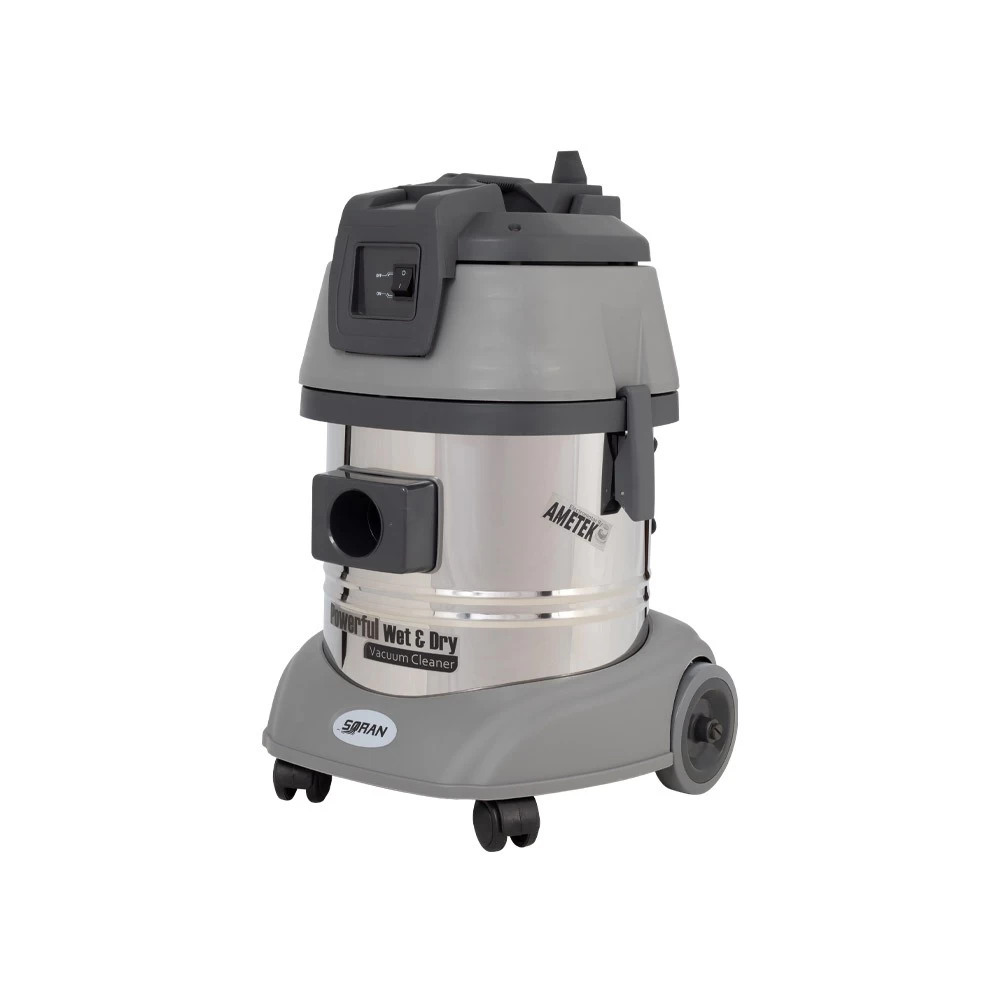
.webp)
